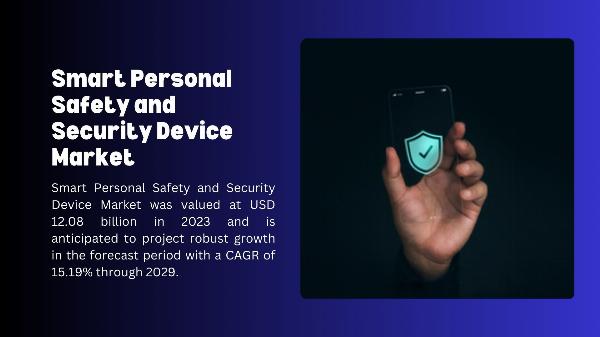The Hidden Baryons of the Intergalactic Medium: Fast Radio Bursts Shed Light on the Missing Matter Mystery
For decades, scientists have been puzzled by the mysterious disappearance of a significant portion of the universe's ordinary matter. This matter, made up of atoms, is not the elusive dark matter that doesn't interact with light. Now, thanks to a groundbreaking use of cosmic radio signals, this long-standing mystery may finally be solved.
In a study published in Nature Astronomy, astronomers have used fast radio bursts (FRBs)—brief, millisecond-long blasts of energy from deep space—to detect the location of this missing matter: in the vast stretches between galaxies, known as the intergalactic medium.
These FRBs are incredibly powerful. Though short-lived, they emit as much energy in one burst as the sun does in 30 years. As they pass through space, they act like cosmic flashlights, illuminating the otherwise invisible gas that floats between galaxies. The team measured how the light from 69 FRBs slowed as it moved through this matter, allowing them to "weigh" the fog they passed through.
"It's like we're seeing the shadow of all the baryons," explained Caltech assistant professor Vikram Ravi, using the scientific term for this ordinary matter. "With FRBs as the backlight, we now know roughly where the rest of the matter in the universe is hiding."
The results show that about 76 percent of the universe's baryonic matter exists in this intergalactic fog. Meanwhile, 15 percent of the baryonic matter surrounds galaxies in halos, and just 9 percent resides inside the galaxies themselves.
This breakthrough was made possible by telescopes like Caltech's Deep Synoptic Array and Australia's Square Kilometre Array Pathfinder, which helped localize the FRBs' origins. Caltech's upcoming DSA-2000 radio telescope, set to detect 10,000 FRBs per year, could be the key to even deeper cosmological insights.
For astronomers, this is a milestone moment—one that brings us closer to understanding not just where we come from but how the universe is truly structured. The discovery of where this missing matter is hiding changes everything we thought we knew about the cosmos and paves the way for further exploration and discovery.
The exploration of the hidden baryons within intergalactic space through fast radio burst observations sheds new light on a long-standing cosmological mystery, providing invaluable insights into our understanding of missing matter and its contribution to cosmic structure formation.
The study of Fast Radio Bursts sheds an enlightening new perspective on the long-standing mystery surrounding missing matter in intergalactic medium, providing valuable insights into previously unseen baryonic components.














